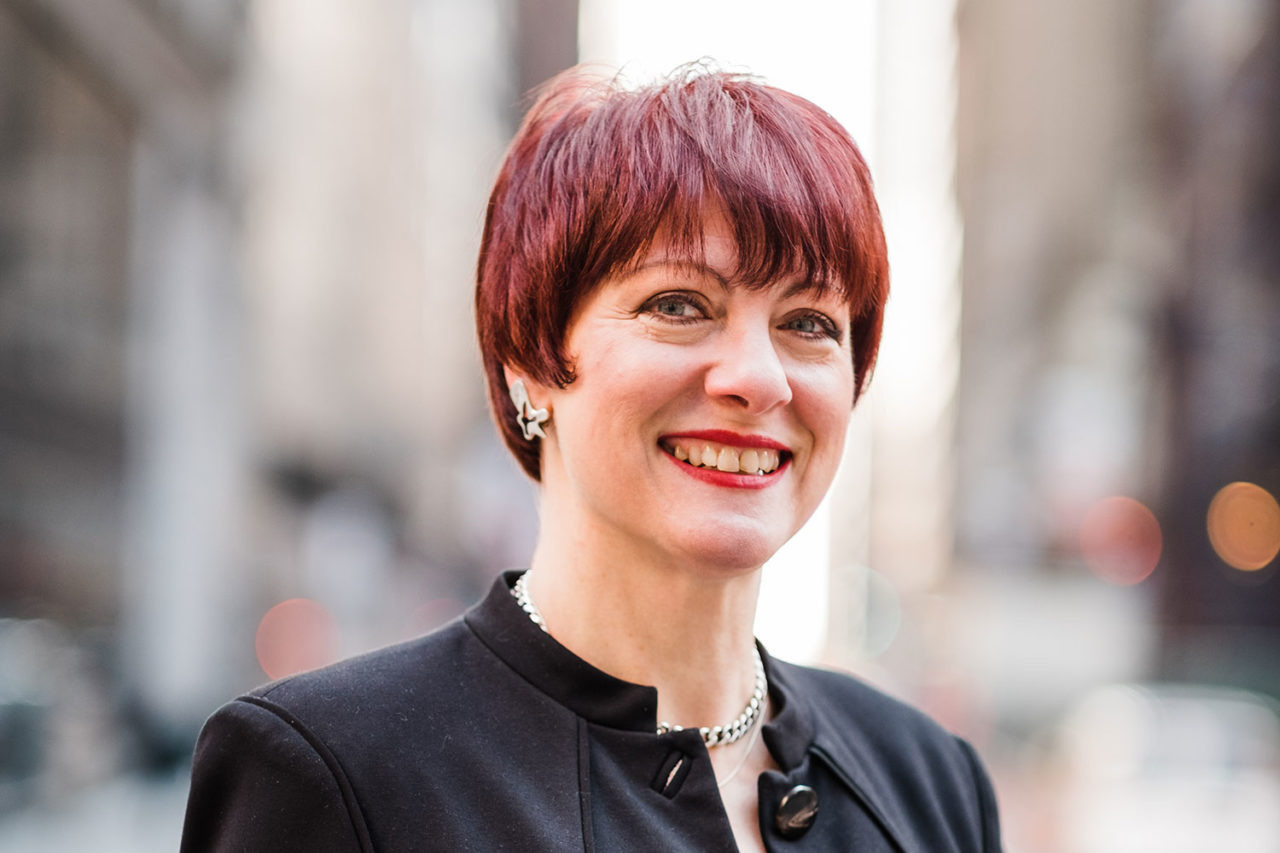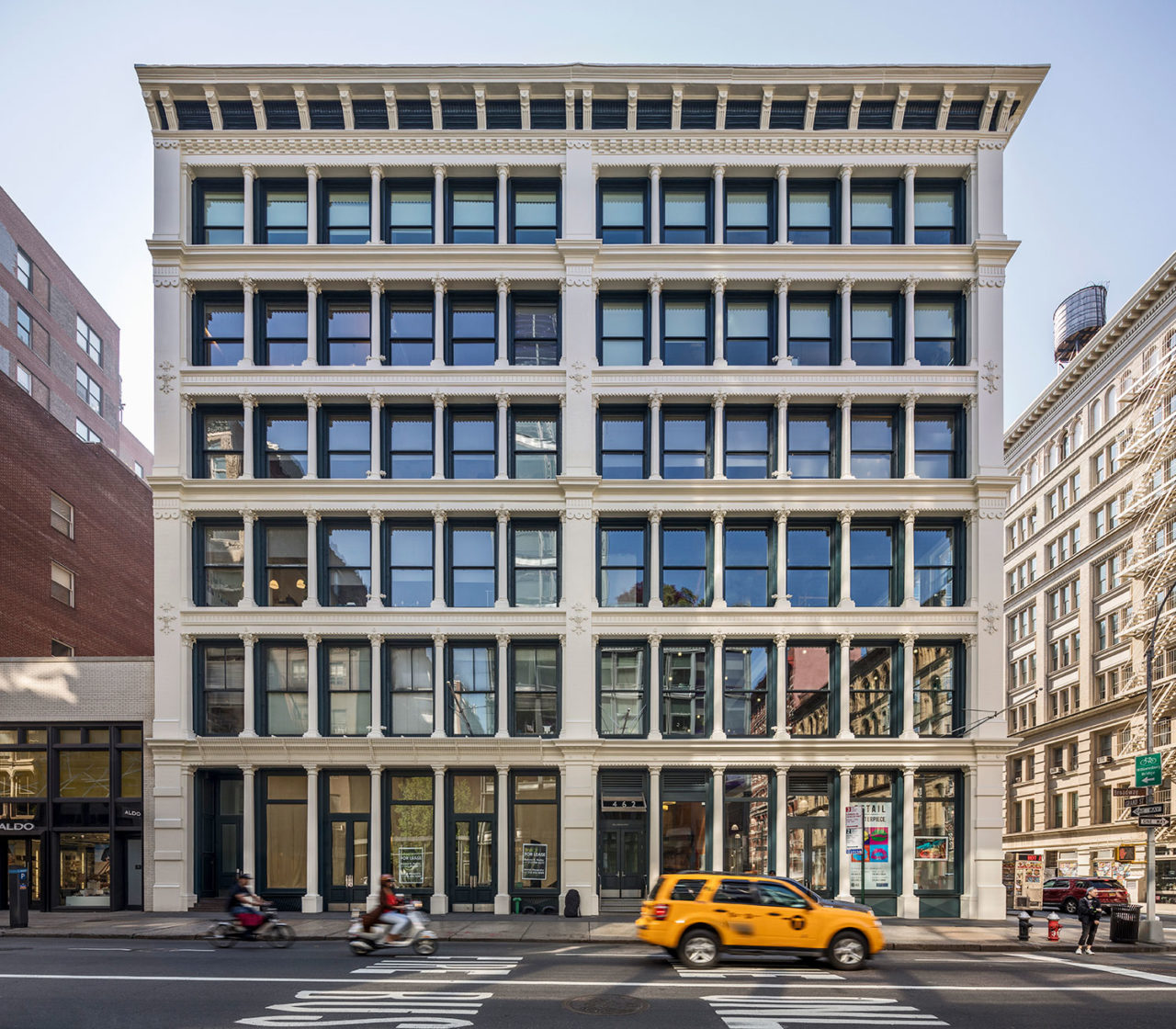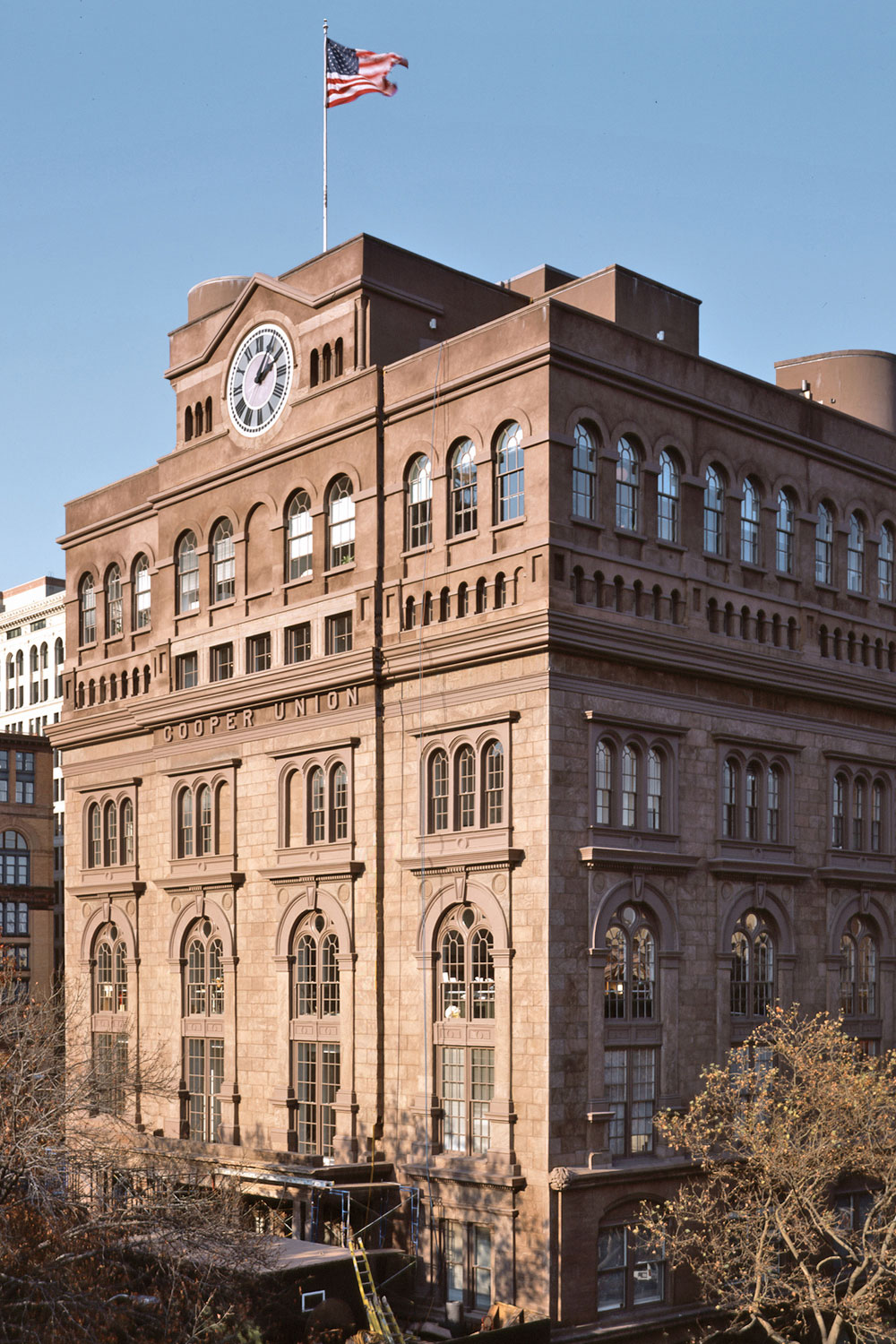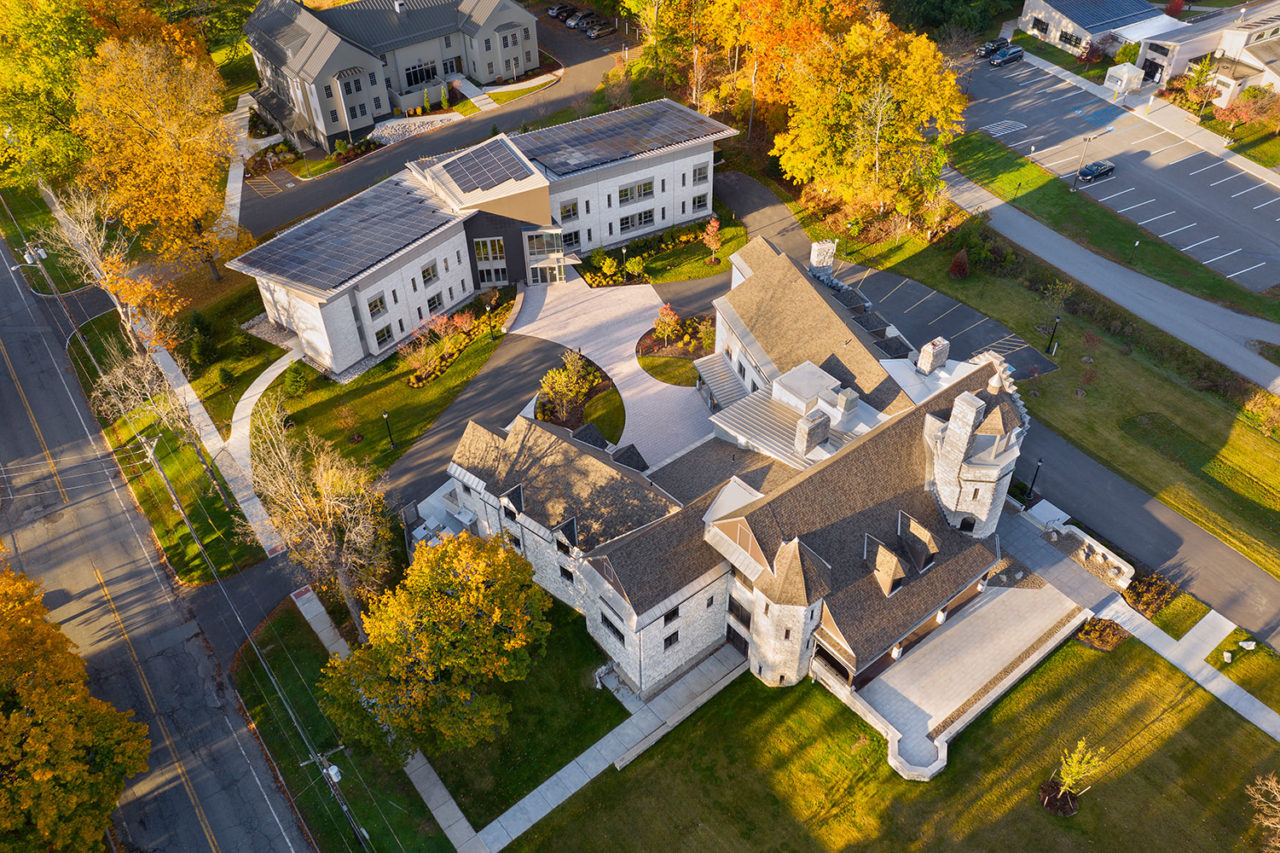by: AIA New York
Anne Holford-Smith, FAIA, LEED AP, Partner, PBDW Architects, joins past and future to create the next chapters of essential, preeminent cultural assets, enhancing their urban contributions. She is known for her pioneering preservation approach combining design and research to reveal each building’s history and stories. Holford-Smith’s career at PBDW spans three decades and includes many of the firm’s preservation and restoration projects for major cultural institutions, including multiple projects at Green-Wood Cemetery and the restoration of Cooper Union’s Foundation Building. Through a broad range of building types, including additions to and adaptive reuse of existing buildings, pure preservation, and new construction within historic contexts, the common theme of her work is the interplay between new and old, rooted in their unique context. Holford-Smith received her Bachelor of Architecture degree from Pratt Institute, and currently serves as a Commissioner on the New York City Landmarks Preservation Commission.
This year, the Jury of Fellows of the AIA elevated Holford-Smith to its prestigious College of Fellows in the second category of Fellowship, which recognizes architects who have made efforts “To advance the science and art of planning and building by advancing the standards of practice,” according to the organization’s definition. Only three percent of the AIA’s membership is distinguished with Fellowship. Holford-Smith’s distinction was celebrated at the AIA Conference on Architecture in Chicago, and in two receptions at AIA New York’s Center for Architecture.
Q: How/why did you decide to pursue architecture?
I grew up in an environment that was rich in design and history. My father was an interior designer, and my mother was an exquisite seamstress. My grandfather was a butler to a prominent New York family and was the recipient of many beautiful castoffs. My dad also brought home intriguing pieces of hardware and other materials from his projects, so our house was filled with interesting furniture and objects. Our family vacations always centered on history—our camping trips included visits to historic homes and sites. This combination fostered in me a love of history and of old buildings, and eventually led me to follow my father’s footsteps in interior design, but I soon realized that I really wanted to study architecture and got my degree from Pratt. I was fortunate to end up at PBDW where I found my calling in preservation.
Q: What do you see as an architect’s role—and responsibility—within our culture?
I think architects have a responsibility to act as stewards of the built environment. That includes not only how we design new buildings but also how we treat existing buildings. Given the compounding issues of climate change, adaptive re-use of existing buildings is more imperative than ever before.
We have the responsibility to educate our clients about the impact of every decision they make about their building—whether old or new. From the selection of windows to the type of heating system, every choice has not only a financial impact but a long-term environmental impact that should be considered. It is part of our responsibility to understand these impacts and advise our clients.
Q: What do you think are the biggest challenges, or opportunities, facing cities today?
Cities today are facing unprecedented challenges. Not only are climate change and resiliency issues impacting cities, but years of inequity have left the poorest neighborhoods disproportionally affected by misguided urban renewal projects and lack of funding. These issues are now starting to be addressed but there is a long way to go.
But cities also have incredible opportunities in their existing building stock, which are a vast potential just waiting to be tapped. Not only is it important to capitalize on their embodied carbon, but to take advantage of their intrinsic qualities of construction, often including mass masonry walls, high floor to floor heights, and generous windows. Repurposing buildings for housing and local businesses can help neighborhoods to revive and thrive.
Q: What are your greatest sources of inspiration?
My inspiration comes from both the cityscape and nature. Walking the streets of New York, there’s nothing I love more than to see historic buildings nestled with an audacious new piece of architecture. The mixture of old and new is energizing and shows how the two complement each other and contribute to the ongoing growth of the city.
Just as invigorating is the natural world, especially when seen in the context of the city. There is something magical about coming upon a tiny vest pocket park or walled garden that magnifies the important role that nature plays in urban contexts. Old and new, natural and human-made; it is these intertwined relationships that are inspiring to me.
Q: What are some of your favorite recent projects that you’ve worked on?
Williams College Fellows Hall—a net-zero energy building. While this is a new ground-up building, the rigor with which it was designed makes it one of my favorite projects. It was designed to complement the adjacent historic St. Anthony Hall while achieving the highest level of sustainability.
462 Broadway is the largest fully clad cast iron building in the SoHo-Cast Iron Historic District. Our restoration returned this defining building to its original appearance, knitting it back into the fabric of the district while distinguishing it as one of the most preeminent buildings in the district.
Q: Do you have a favorite building? Why?
Rockefeller Center is an inspiring example of collaborative design on an urban scale. It is a cohesive design that spans multiple buildings and incorporates an astonishing amount of public art. It was designed and built at a time when there was optimism about the impact of design and art on the future of the country. A progressive, forward thinking mentality propelled art and architecture during the Great Depression that has never been replicated. For me it stands as a symbol of the potential for art and architecture to be an enduring inspiration.
Editors’ Note: This feature is part of a series celebrating the members of the American Institute of Architects (AIA) New York Chapter who are elevated each year to the AIA College of Fellows, an honor awarded to members who have made significant contributions to both the profession and society. Learn more about Fellowship here.













